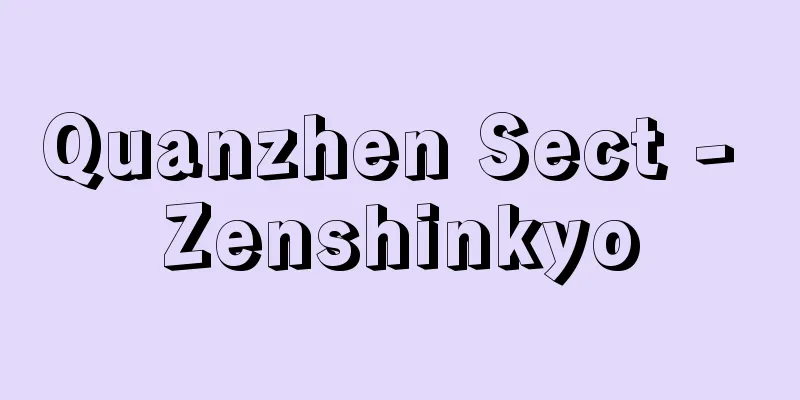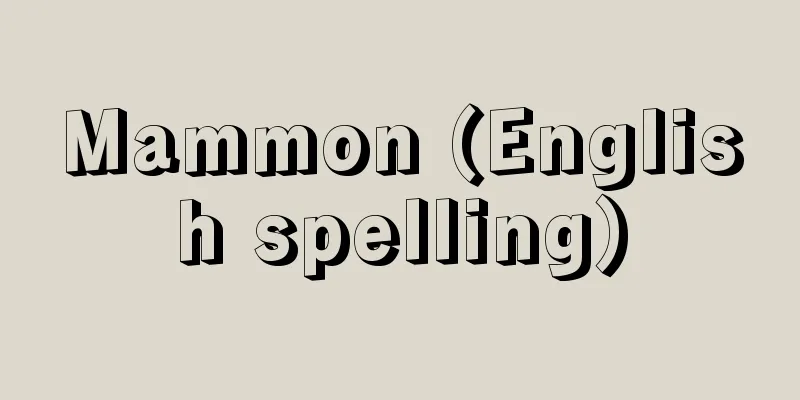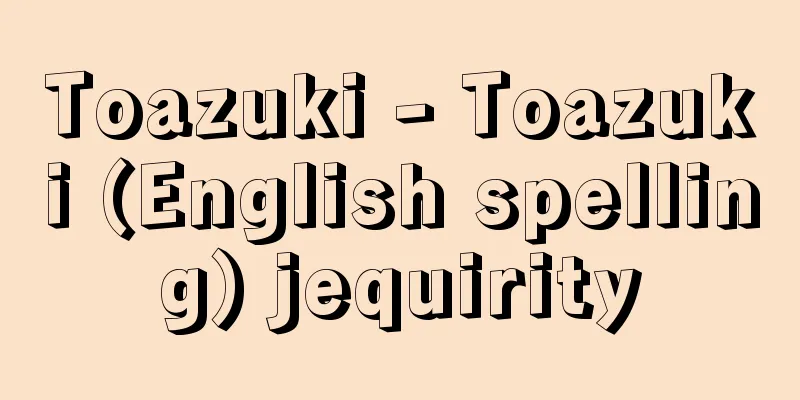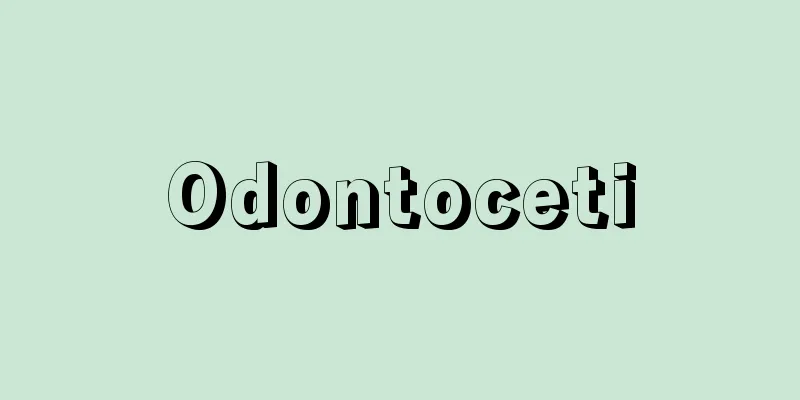Medicine ball - Kusudama

|
It is made by cutting perfumes such as musk, aloeswood, and cloves into balls and placing them in a brocade bag, decorating it with various artificial flowers, adding irises and mugwort, and hanging five-colored thread ornaments. It was brought to Japan from ancient China, and is said to have first been mentioned as "medicinal balls" in the entry for May 5, 849, Emperor Ninmyo's second year of the Kasho era (849) in the "Shoku Nihon Kōki." On May 5, the Boys' Day, it was hung on pillars as a charm to ward off evil spirits. During the Heian period, medicinal balls were bestowed on the imperial court on this day, and people hung them on their elbows as a charm for long life. There was also a custom of hanging them on pillars and replacing them with chrysanthemum flowers wrapped in silk on September 9, the Chrysanthemum Day. It can be seen in works such as "The Pillow Book" and "The Tale of Genji" that gifts were exchanged between aristocrats at that time. This event also gradually faded away during the Edo period, but instead it became popular among the general public as a toy for girls. Medicine ball sellers also appeared in Kyoto, and on the Boys' Festival, girls would carry paper crafts with various artificial flowers pasted on them that they would hang from their backs or elbows. Although a vestige of the old medicine ball custom, these paper crafts were further refined and developed into handicrafts, and were used to make things like tea utensil bags. Currently, they are used as hanging toys for infants, as well as for celebrating the opening of a store and as offerings at funerals. [Ryosuke Saito] Source: Shogakukan Encyclopedia Nipponica About Encyclopedia Nipponica Information | Legend |
|
じゃ香、沈香(じんこう)、丁字(ちょうじ)などの香料を玉にして錦(にしき)の袋に入れ、さまざまな造花で飾り、ショウブやヨモギなどを添えて挿し、五色の糸飾りを長く垂れ下げたもの。古く中国から伝わり、『続(しょく)日本後記』仁明(にんめい)天皇嘉祥(かしょう)2年(849)5月5日の項に「薬玉」とあるのが最初とされる。5月5日端午の節供にこれを柱などにかけて邪気を払うまじないとした。平安時代に宮中ではこの日、薬玉を下賜し、諸人肘(ひじ)にこれをかけて長命のまじないとした。またこれを柱にかけておき、9月9日重陽(ちょうよう)の節供(菊の節供)に菊花を絹に包んだものと取り替える風習があった。貴族間では当時贈答も行われたことが『枕草子(まくらのそうし)』『源氏物語』などにもみえている。この行事も江戸時代に入るとしだいに後退したが、それにかわって、民間で女児の玩具(がんぐ)として新しく流行した。京には薬玉売りも現れ、端午の節供には女児がいろいろの造花を紙に張って細工したものを背中にかけたり、肘に下げたりした。薬玉の古い習俗の名残(なごり)であるが、この紙細工はさらに技巧を加えて手芸品に発展し、茶器の袋などに応用された。現在は乳児向きの吊(つる)し物玩具に用いられるほか、商店の開店祝い、弔事の供物などに使われる。 [斎藤良輔] 出典 小学館 日本大百科全書(ニッポニカ)日本大百科全書(ニッポニカ)について 情報 | 凡例 |
<<: Kustari (English spelling)
Recommend
Large sesame grass - Large sesame grass
This butterfly belongs to the order Lepidoptera, ...
Bearing wall
…When the exterior walls of a building are not st...
Countable - Kasan (English spelling) denumerable; countable
Also called countable numbering. The smallest of t...
Mayor of a city or town
The head of the executive body of a city, town, o...
Svear
…After that, trade with the Roman Empire, which e...
Kim Chong-sŏ (English spelling)
1390‐1453 A Korean civil servant and scholar of th...
Arita Circus - Arita Circus
...a spectacle consisting of animal tricks and hu...
Fermi energy
…Electrons fill these k states in order from lowe...
Cafe Greco - Cafe Greco
…Romantic writers and Montmartre painters alike g...
Manzoni - Manzoni (English spelling) Alessandro Manzoni
Italian author. Together with Leopardi and Foscol...
Bahcesaray (English spelling)
…1430-1783. Capital city: Bahçesaray. In 1475 it ...
Casio Computer Co., Ltd.
An electronics manufacturer that deals in electron...
"African Farm Story" - African Farm Story
…She was born in the Cape Colony of South Africa ...
Crowding effect
…In general, population density affects the numbe...
Pocket brush - pocket brush
〘 noun 〙 A small brush with a short handle that ca...









